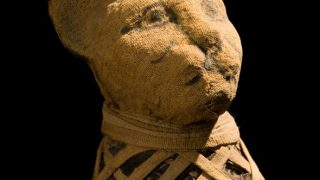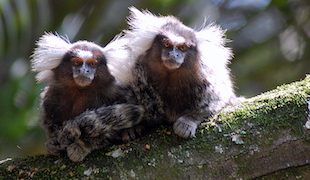
MI weekly selection #187
Humanities & Social Sciences • Science • Technology • Weekly Selection
Imaging technique gives scientists a look inside cat mummies The atomic number imaging technique is helping researchers see inside the mummies of cats from ancient Egypt without having to remove the wrappings. Scientists hope they can use the new imaging technique to learn more about human mummies. National Geographic Chunks of land along Calif.’s San […]








